Image: standard Moroccan football (soccer) field
30 September 2023
Post 3 of 4
The Kingdom of Morocco has a long history of successive settlers and conquerors meaning it is a mix of Africa, the Arab world and southern Europe. We visited the ruins of a Roman town, Volubilis, which has indigenous history dating back to ~200BCE and was used by the Romans, Muslims, Arabs and others until around 1100. Volubilis has a wide range of stunning floor mosaics intact and clever stone carvings that were placed near shops to advertise what they sold. I have visited many ruins in my time, and Volubilis was the closest I have felt to the lives of the ordinary people and their day to day. I really enjoyed it.
The indigenous people of northern Africa are the Amazigh (or Berber) people. Berber is now one of Morocco’s official languages (the other is Moroccan Arabic) and is taught in all schools, with about 35% of the population identifying as Amazigh. As we travelled through the desert and into the mountains, we saw more evidence of the Berber language on signs and of their way of life with whole villages made from packed clay and mud. In the mountain area called M’Goun Valley we were fortunate to stay in a Berber Gite, which is basically a pseudo-castle with room for a family their working animals and any travellers and their animals who are passing through.
We did a short hike while in the mountains, getting our steps up clambering across red rocks and dusty, barren riverbeds. While we were visiting, large areas of Morocco were in drought with some towns not having seen rain for over 6 months. The minimal vegetation on the mountains consisted of the occasional thistle and stubby prickly bushes. The towns themselves were generally built in valleys alongside rivers, with the dry, brown desert and mountains reaching in all directions around them. Where there was running water, the locals capitalised on it with well-maintained veggie patches utilising every aspect of the semi-fertile soil.
The variability in the geography and climate of Morocco is similar to Australia so a lot of the flora was familiar, particularly the gum trees. It often took a long time to travel not very far because of the vast array of vehicles on the road – big hay trucks, tractors, small local buses with goats or sheep or people on top of the bus. I saw a people mover van with 2 cows inside. We saw large herds of goat or sheep with male or female shepherds who often appeared to be miles away from the nearest village.
We travelled the Road of 1000 Kasbahs to visit Kasbah Ameridhl. A traditional Kasbah is a castle for the wealthy and is truly a self-contained little universe. A Ksar is a village for the middle and upper class, and the rest of the people toil the fields and live in mudbrick huts.
Ait Ben Haddou is an ancient Ksar that has been used in many big screen epics – Gladiator, The Jewel of the Nile, Laurence of Arabia, Game of Thrones and the small screen’s Amazing Race. It was made a UNESCO world heritage site in 1987 cause it is pretty special. Given the UNESCO status came after the filming of the Jewel of the Nile, the gates that were built for the movie remain standing although go nowhere: in the photo below, at the bottom of the complex in the middle, you can see the two connected turrets with an opening that leads to palm trees. That’s not ancient! On the other side of the Ksar is a helicopter pad which was built recently for Denzel Washington to use when flying in for his filming days…
Now back to Fes, the cultural capital of Morocco, as it likes to be known. The medina in Fes is an enormous mess of narrow streets with apparently 14,000 dead ends within the 15km walls. I tasted the best nougat I’ve ever had somewhere in the medina, but there is no way I could find that little stall holder again. Somewhere in the medina is also the Chouara Tannery – our first experience of a tannery so we were blown away. For almost 1000 years, the workers have used the same manual process and same vats to tan leather for craftsmen to make jackets, belts, shoes, etc. It stinks of ammonia, decaying animal flesh and other unpleasant smells, but it is amazing to see. The colours come from plant dyes – orange from henna, red from poppy flowers, yellow from saffron or pomegranate, green from mint, brown from cedarwood, and blue from indigo. The workers will help the process along by standing in the vats in gumboots and knead the skins with their feet. The white vats are where the process starts, before moving to the colours.
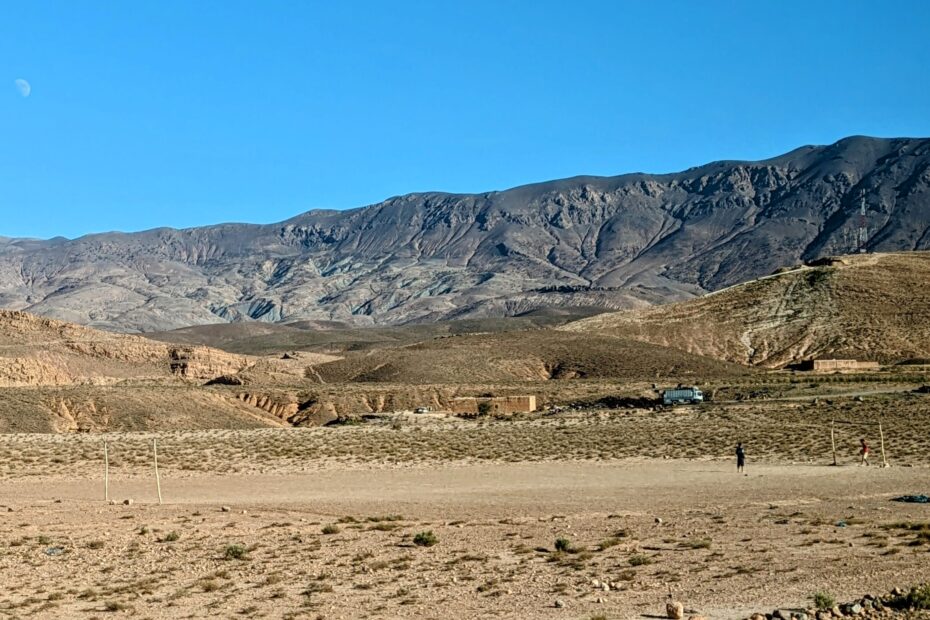
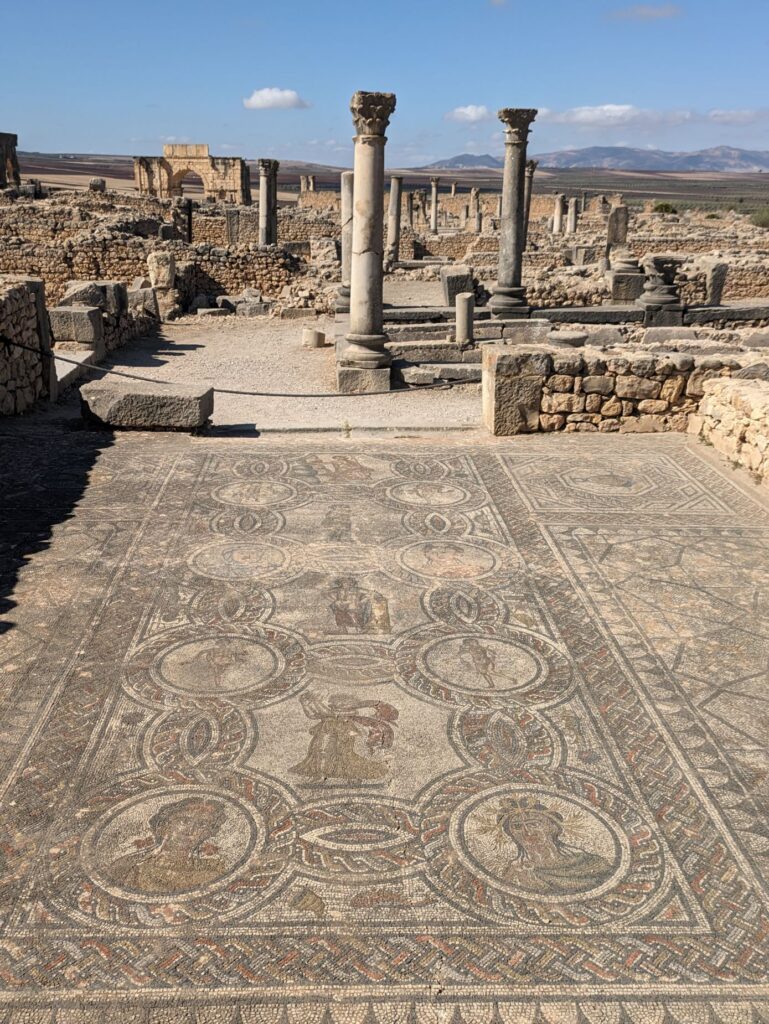
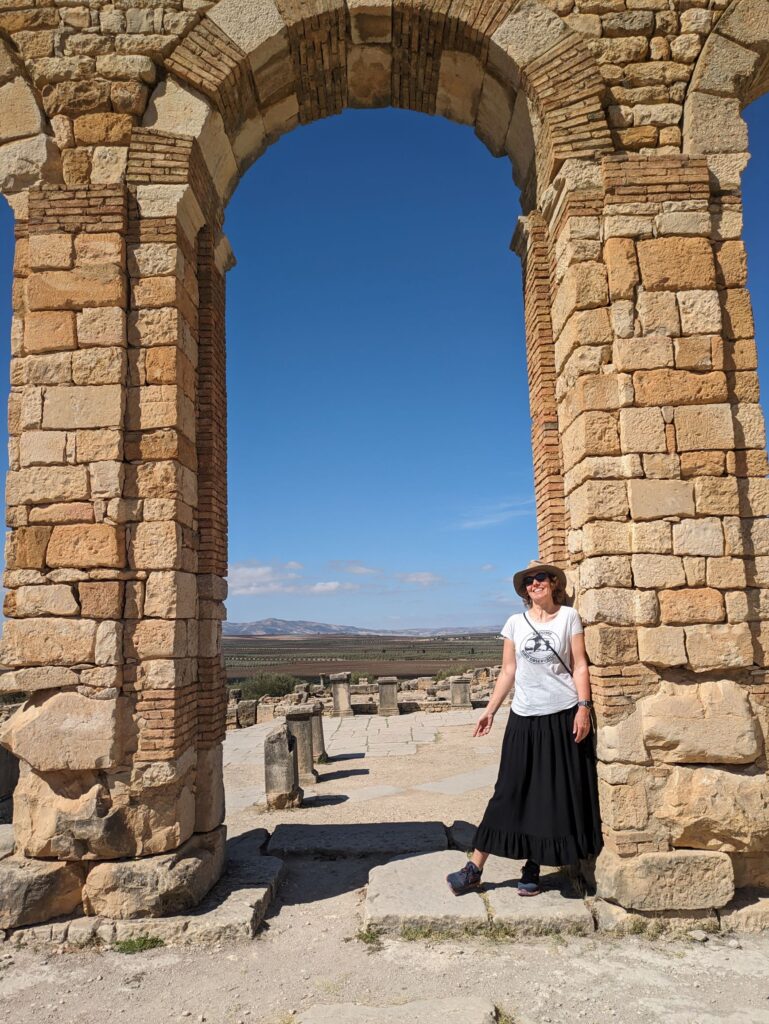
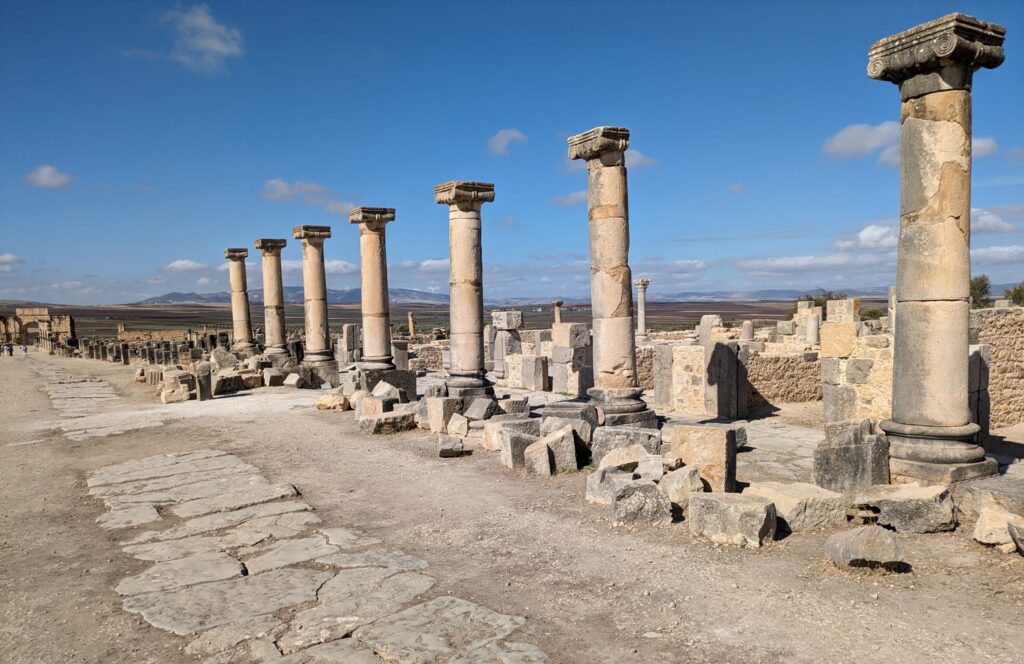
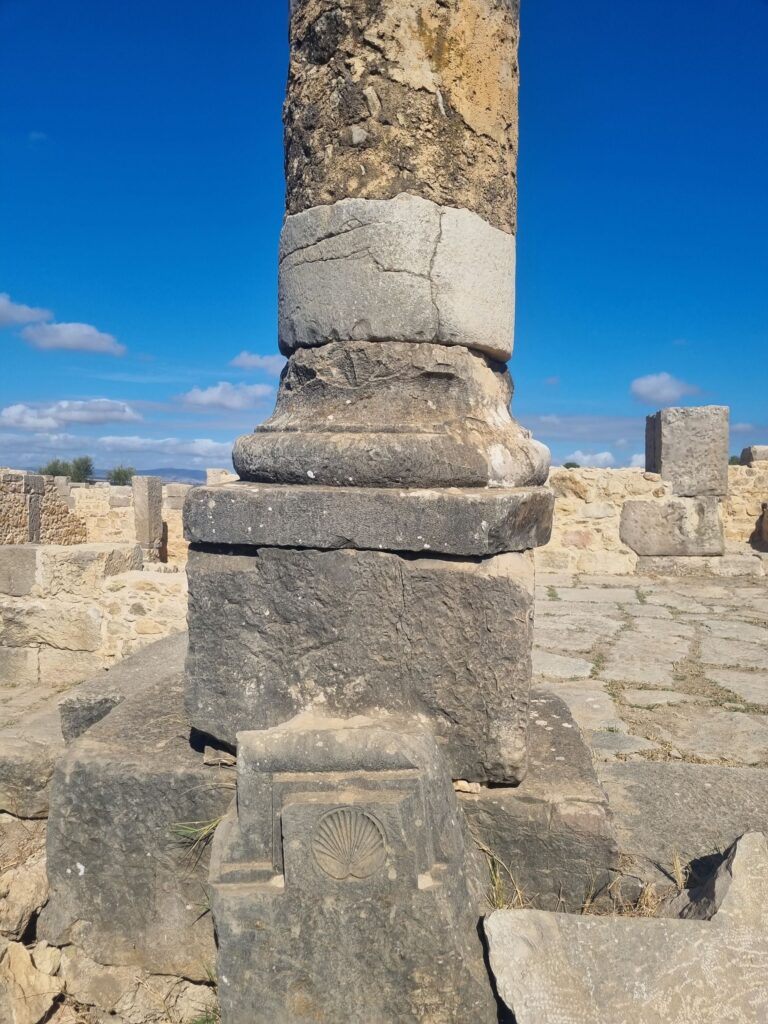
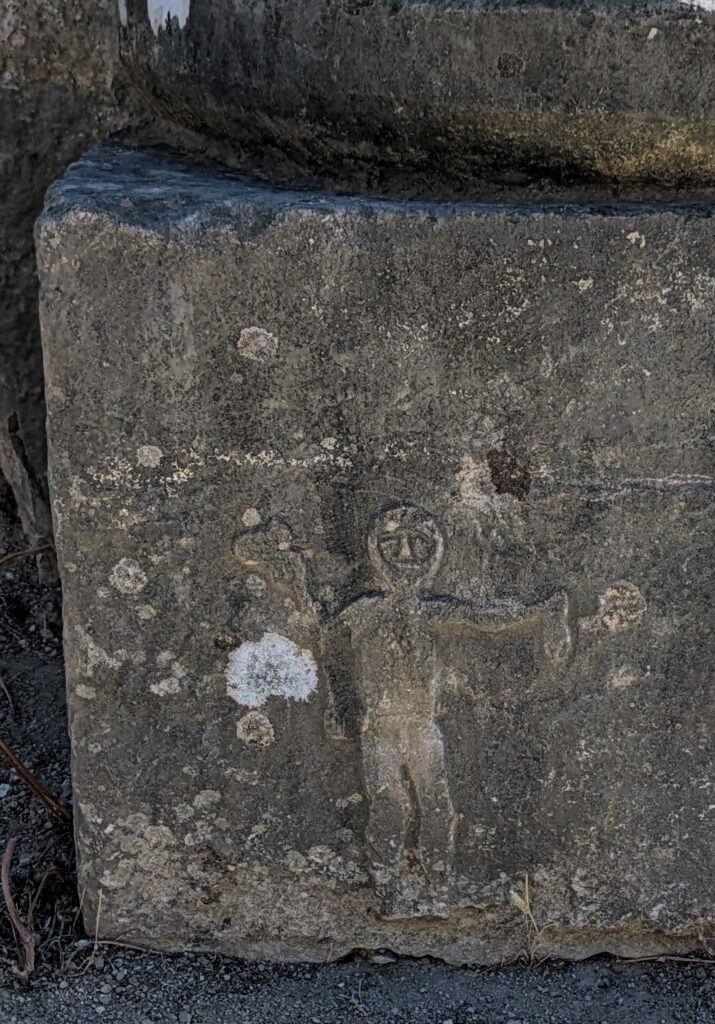
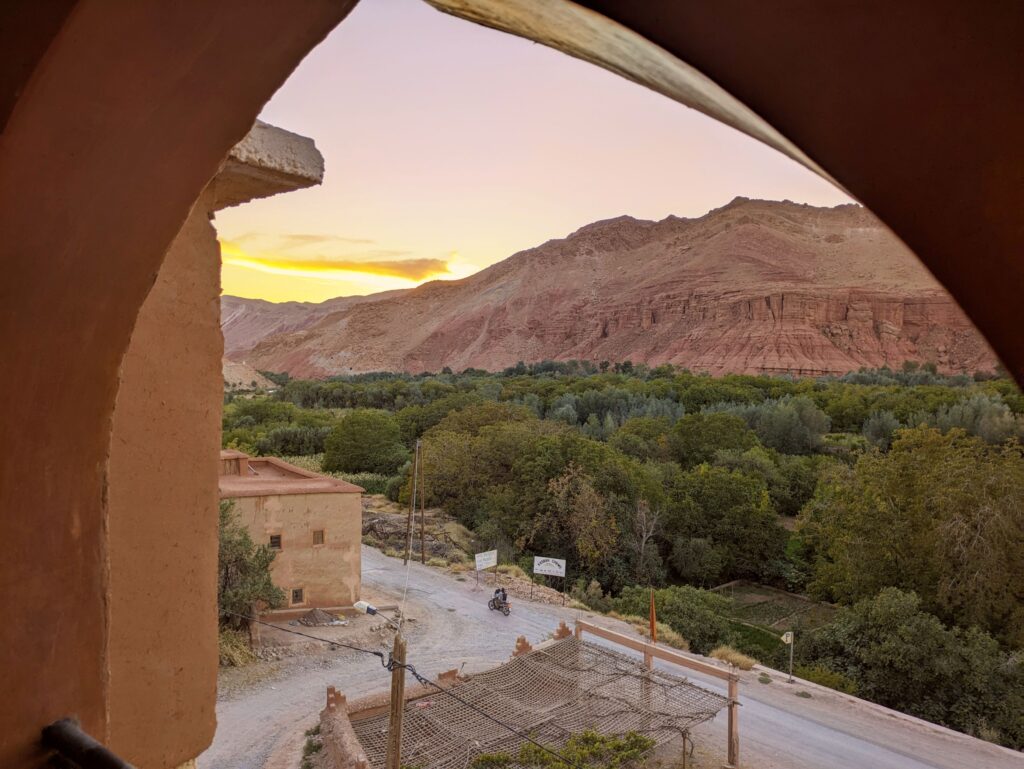
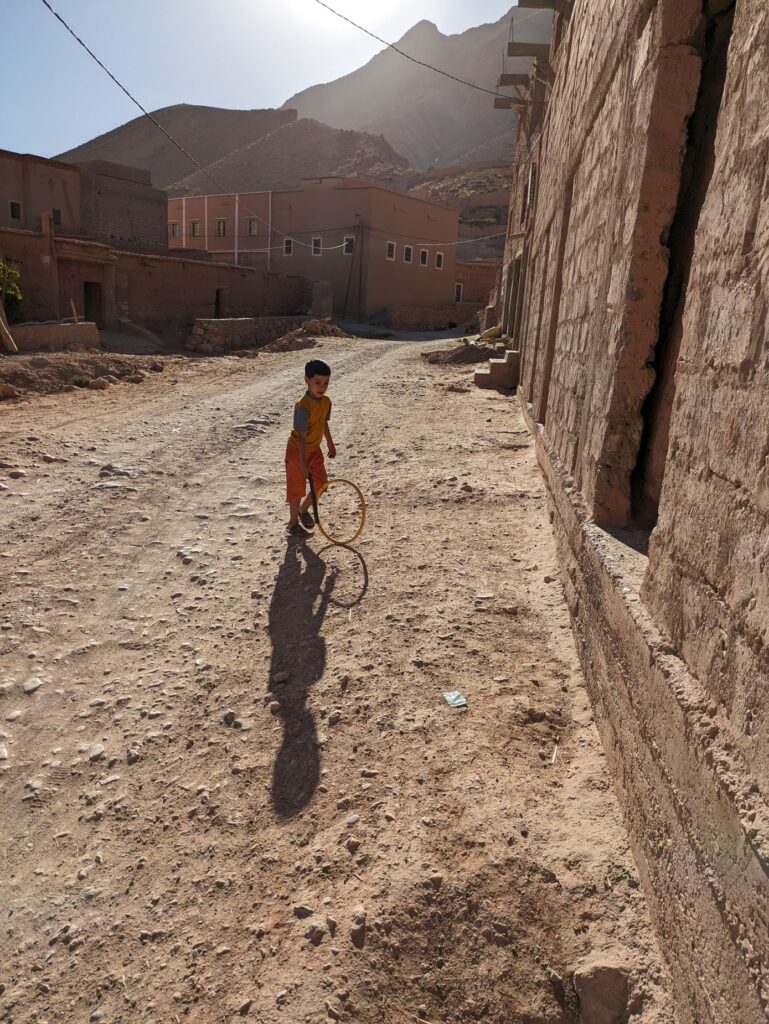

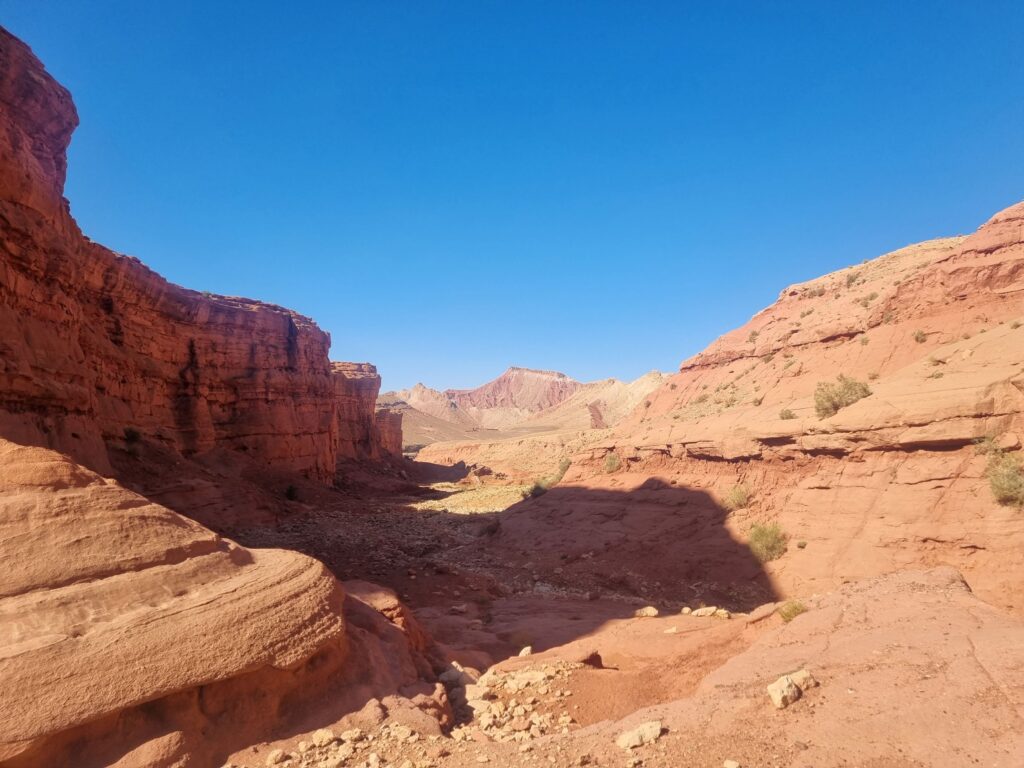
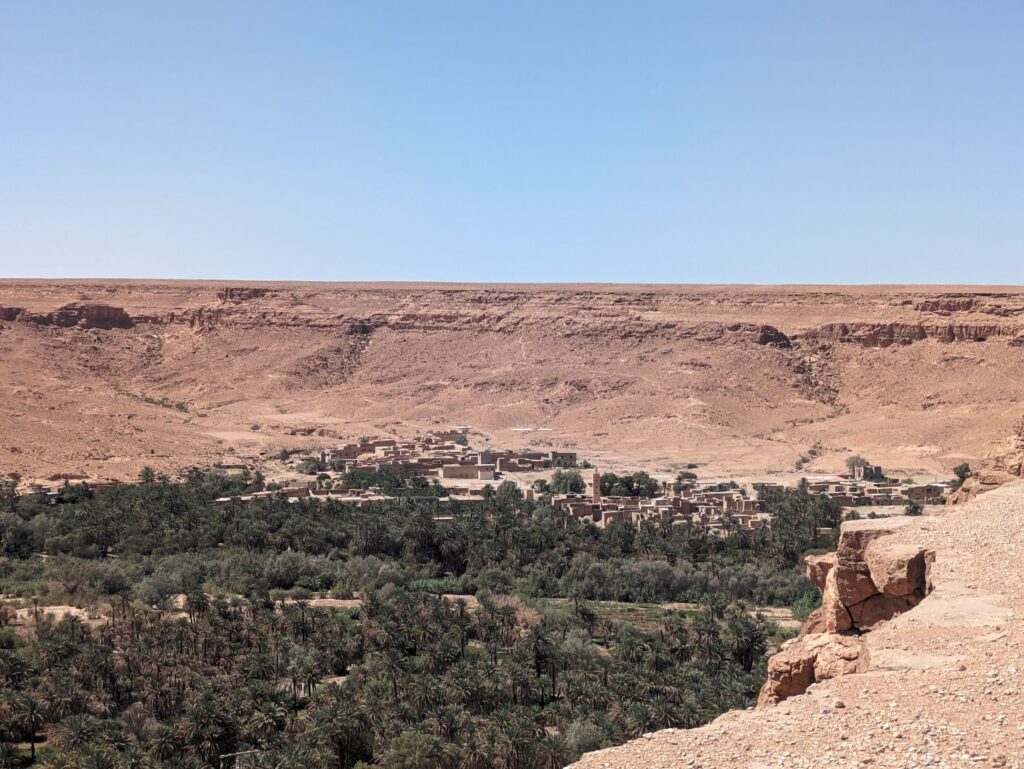

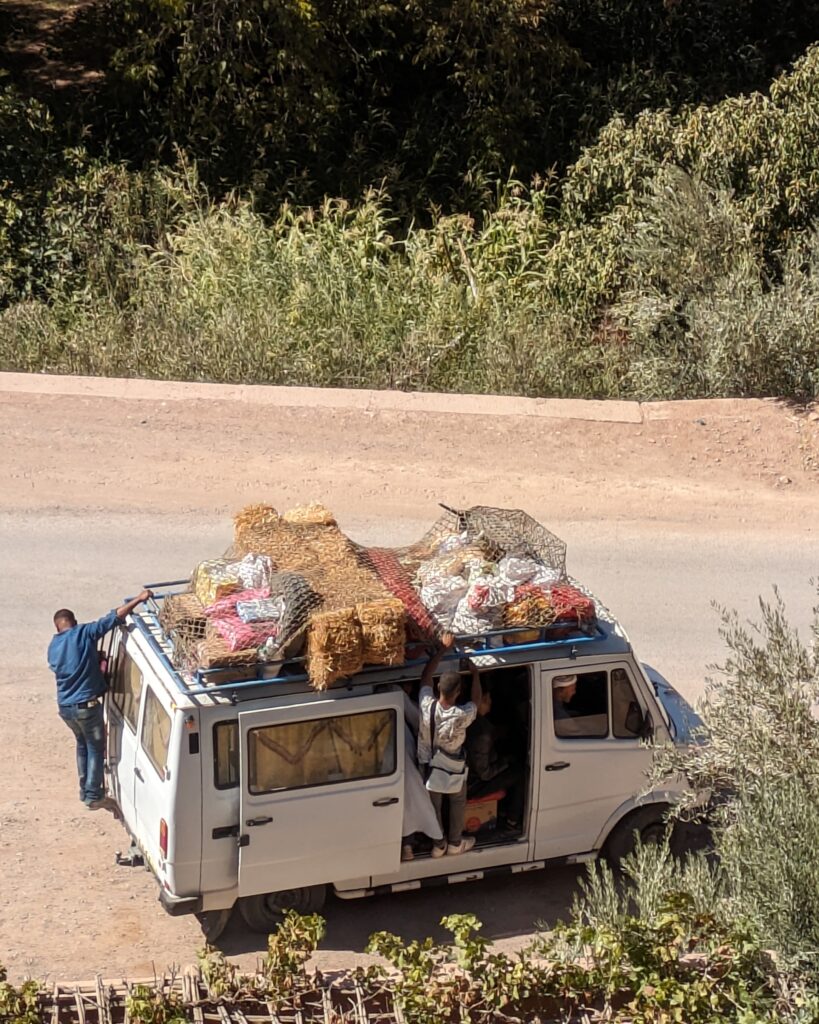
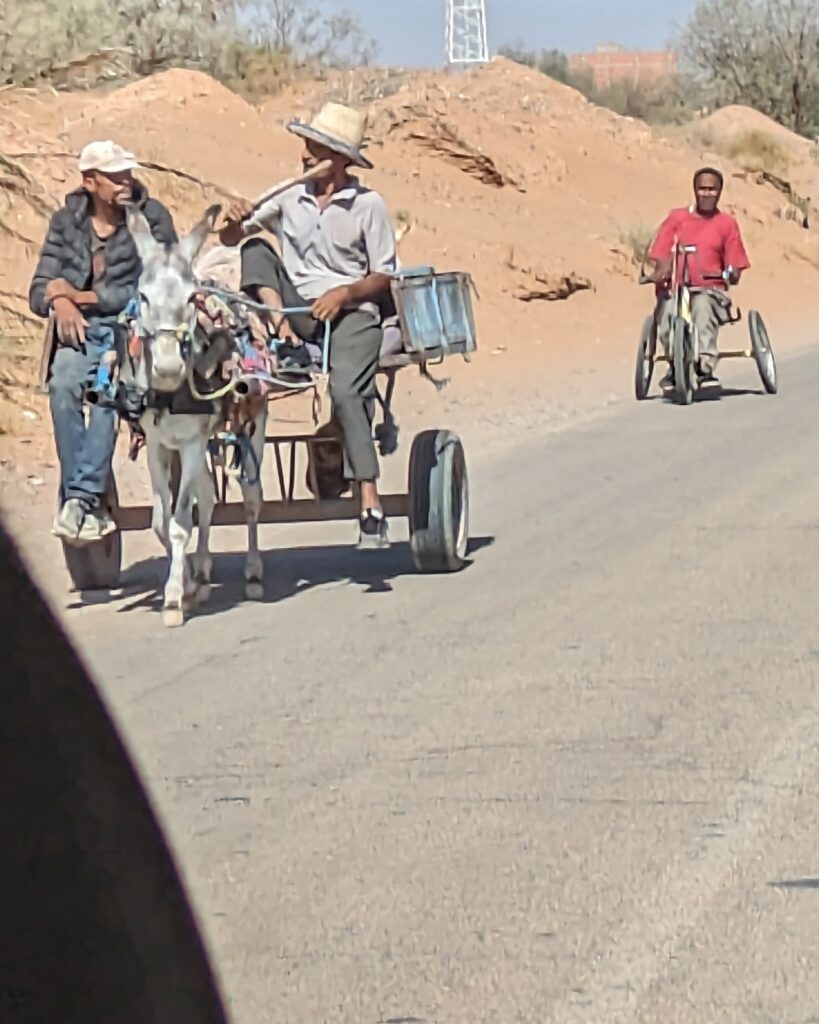

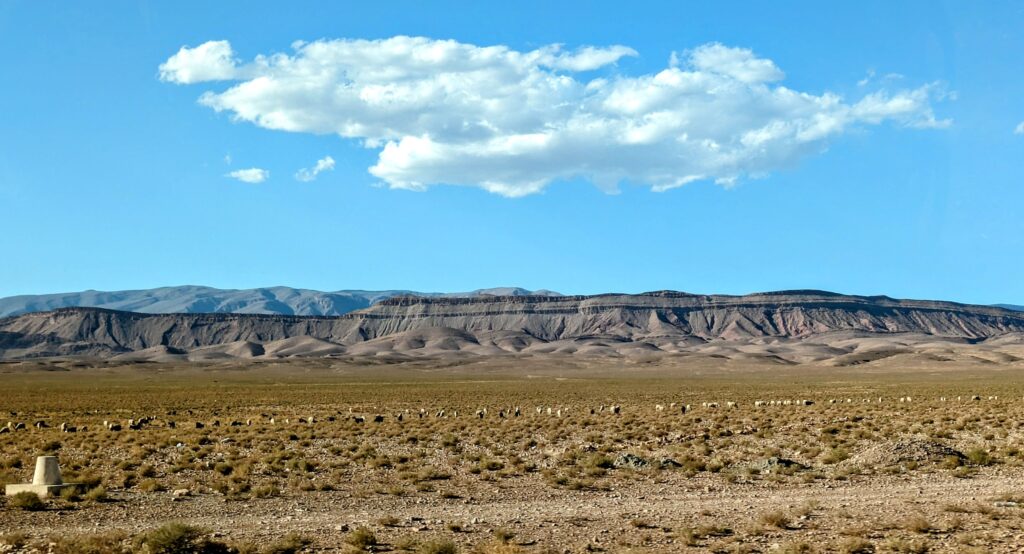
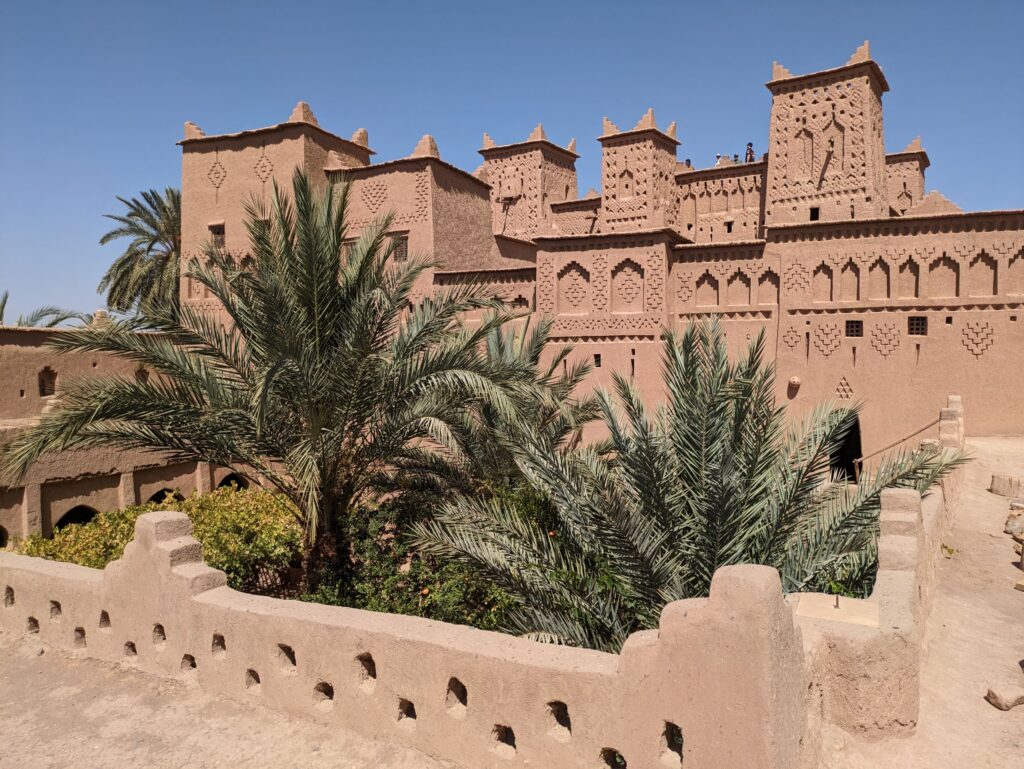
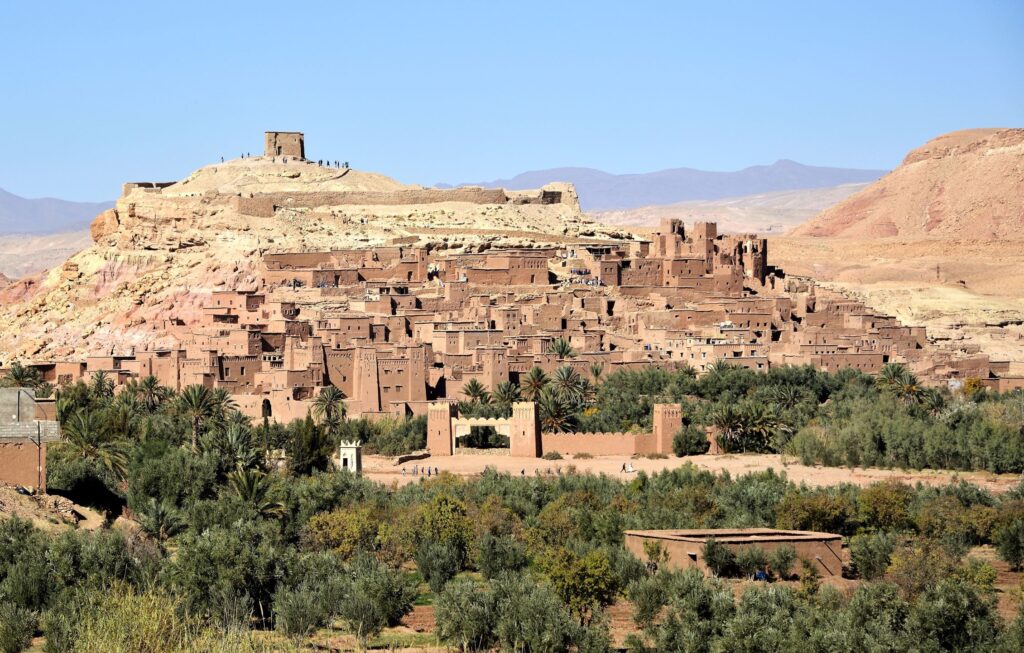
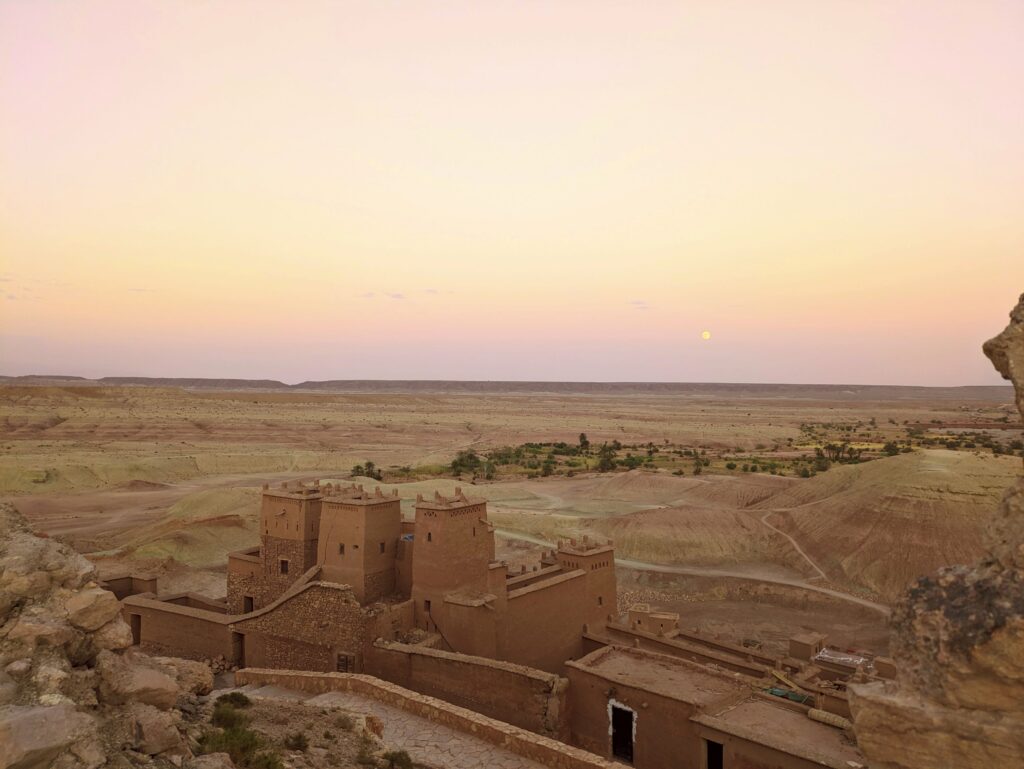
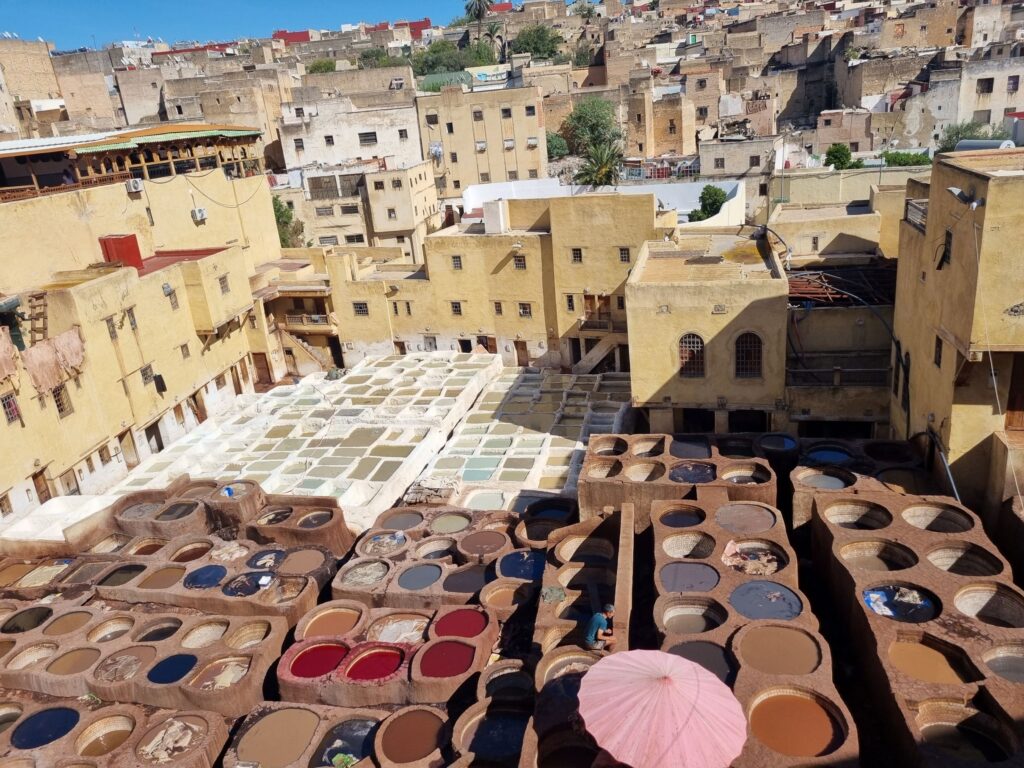
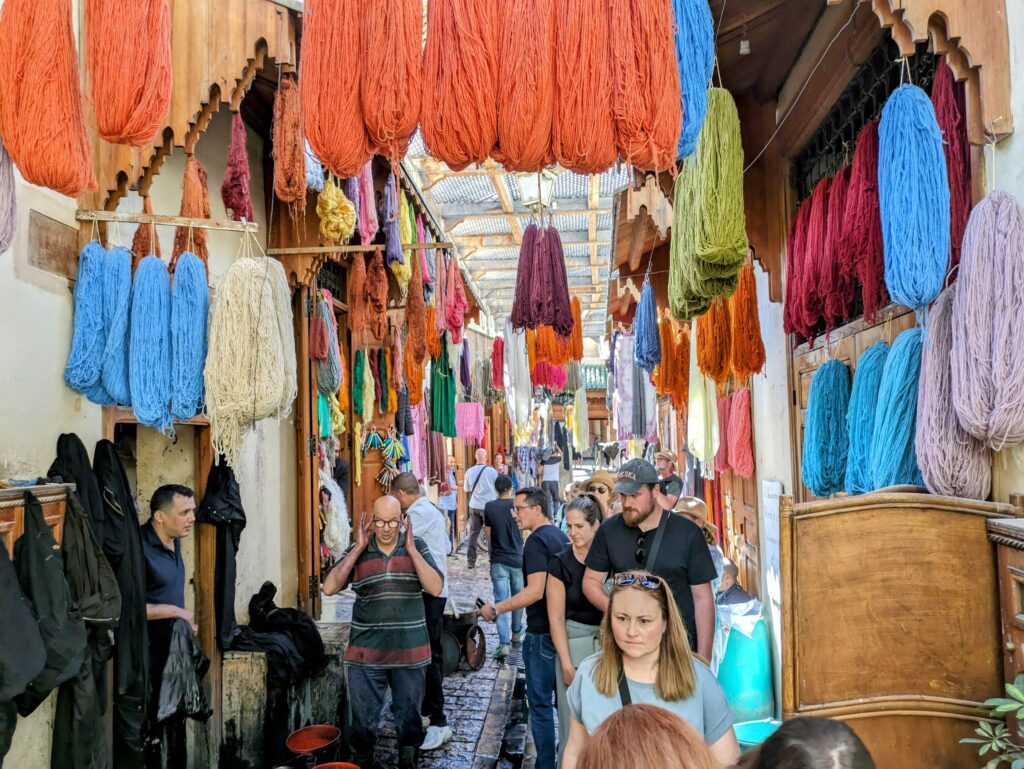
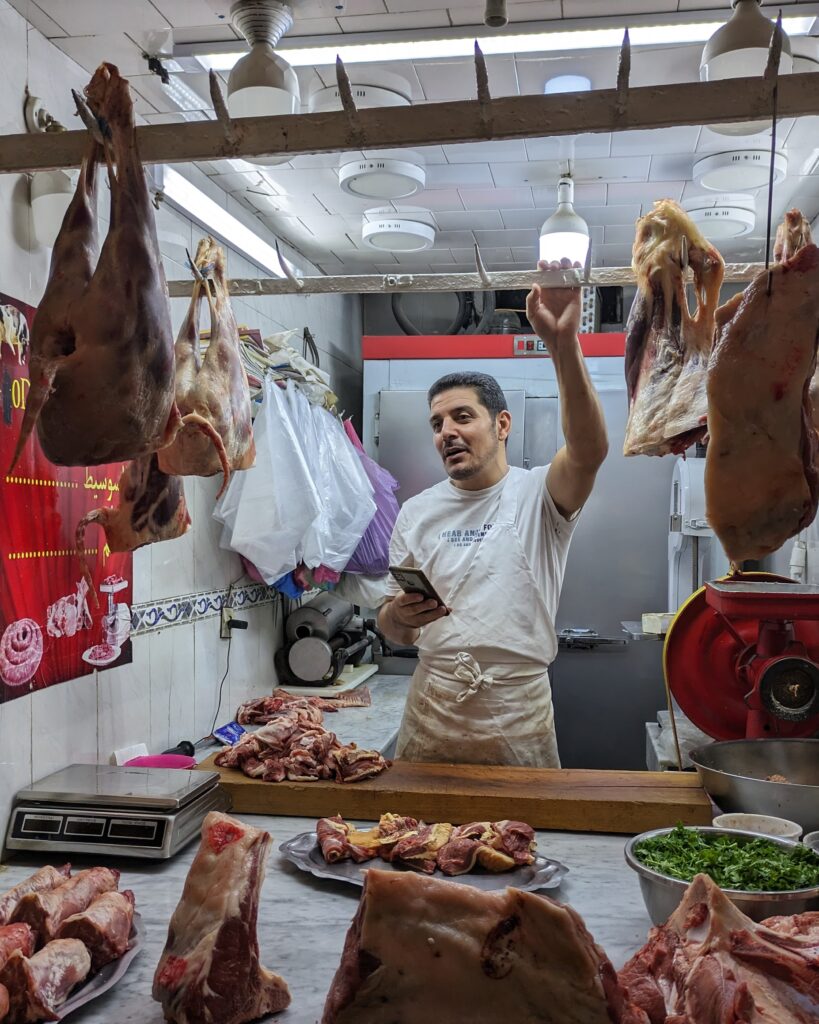
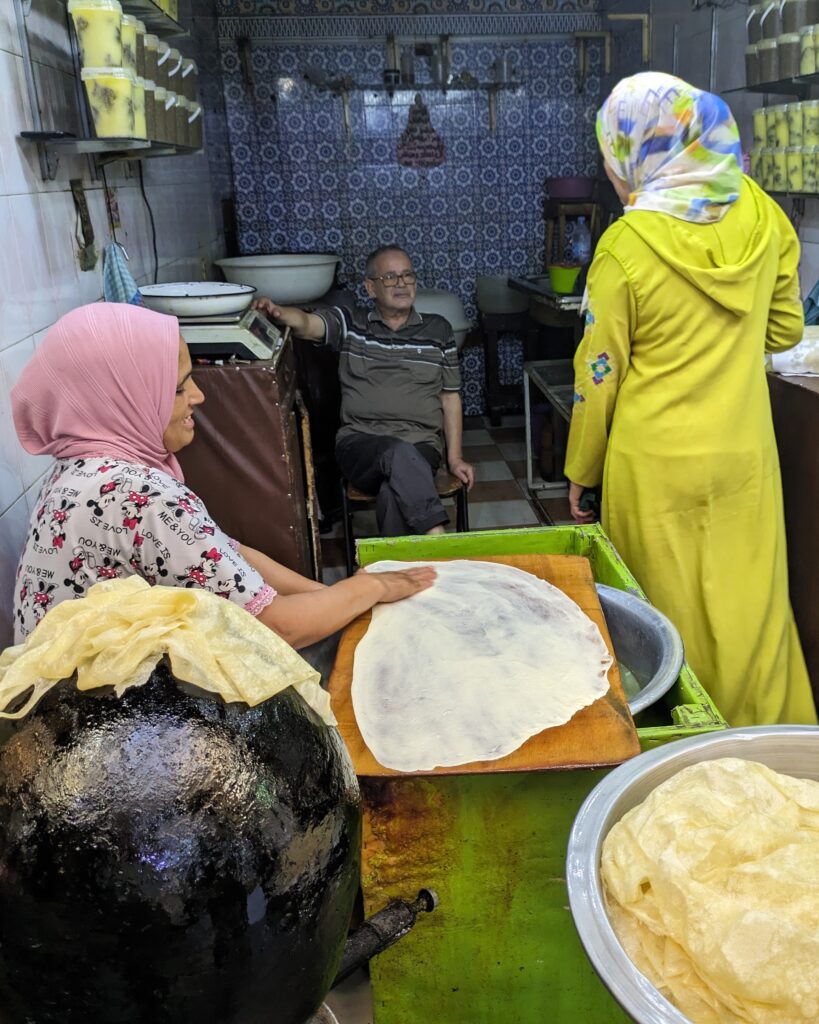
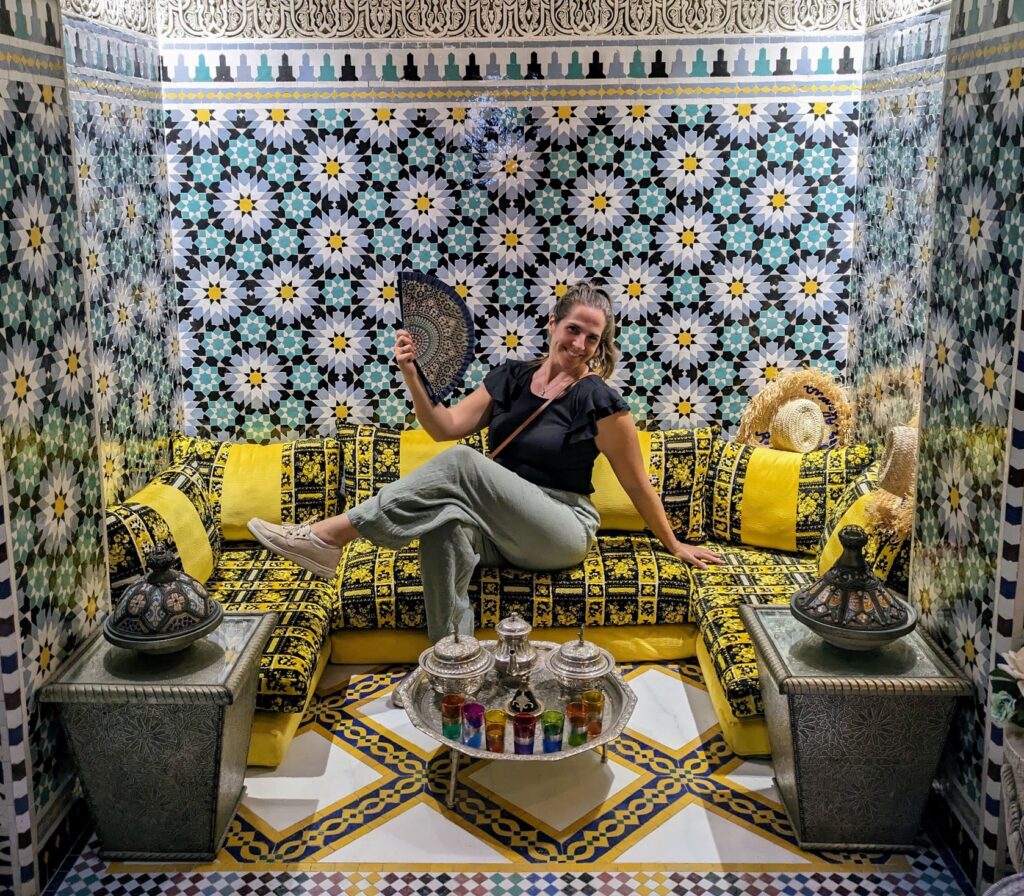

Ooh, I didn’t know about the Amazigh, but I had heard of Berber before, and now I wonder if it is connected to Barbaric in some way. The tannery and the pics of the medina are amazing!